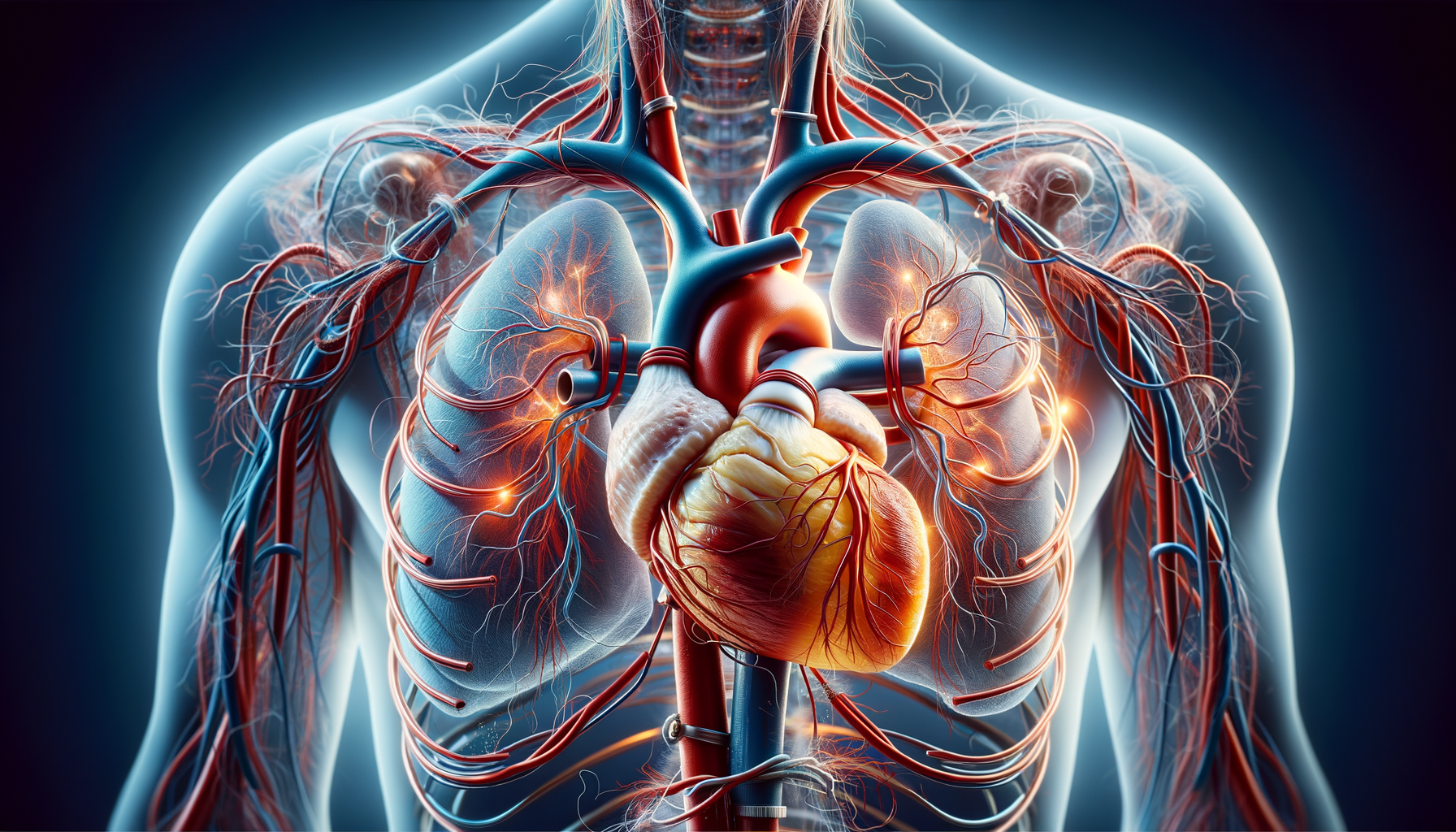The Aortic Valve: An Overview
The aortic valve plays a crucial role in the cardiovascular system, acting as a gateway between the heart and the aorta, the largest artery in the body. This valve ensures that blood flows in one direction, from the left ventricle into the aorta, and prevents it from flowing back into the heart. Structurally, the aortic valve is a semilunar valve with three cusps or leaflets, which open and close with each heartbeat. This mechanism is vital for maintaining efficient circulation and ensuring that oxygen-rich blood reaches all parts of the body.
The importance of the aortic valve cannot be overstated, as it is integral to the heart’s function and overall health. When the valve functions properly, it opens fully to allow blood to exit the heart and closes securely to prevent backflow. However, when issues arise, such as stenosis (narrowing of the valve) or regurgitation (leakage of the valve), it can lead to significant health problems. Understanding the anatomy and function of the aortic valve is the first step in recognizing the symptoms and seeking appropriate medical intervention.
Common Aortic Valve Disorders
Aortic valve disorders are conditions that affect the function of the aortic valve, leading to compromised blood flow and heart health. The two most common disorders are aortic stenosis and aortic regurgitation. Aortic stenosis occurs when the valve becomes narrowed, restricting blood flow from the heart. This condition often results from age-related calcification, but can also be due to congenital defects or rheumatic fever.
On the other hand, aortic regurgitation happens when the valve fails to close completely, allowing blood to leak back into the heart. This can be caused by various factors, including valve degeneration, endocarditis, or trauma. Both disorders can lead to symptoms such as shortness of breath, chest pain, fatigue, and in severe cases, heart failure.
Diagnosing these disorders typically involves a combination of physical examinations, echocardiograms, and other imaging techniques. Understanding these conditions and their implications is crucial for early detection and management, which can significantly improve patient outcomes.
Symptoms and Diagnosis of Aortic Valve Issues
Recognizing the symptoms of aortic valve issues is essential for timely diagnosis and treatment. Common symptoms include shortness of breath, especially during physical activity, chest pain or discomfort, fatigue, and dizziness or fainting. In some cases, individuals may experience heart palpitations or swelling in the ankles and feet.
To diagnose aortic valve problems, healthcare providers use a variety of tools and tests. A physical examination can reveal abnormal heart sounds, such as a heart murmur, which may indicate valve dysfunction. Echocardiography is a key diagnostic tool, providing detailed images of the heart’s structure and function. Other tests, such as electrocardiograms (ECG), chest X-rays, and cardiac MRI, may also be utilized to assess the extent of the valve disorder and its impact on heart health.
Early diagnosis is critical for managing aortic valve disorders effectively. By understanding the symptoms and seeking medical attention promptly, individuals can receive the necessary interventions to prevent further complications.
Treatment Options for Aortic Valve Disorders
Treating aortic valve disorders involves a range of options, depending on the severity of the condition and the patient’s overall health. For mild cases, monitoring and lifestyle changes, such as dietary modifications and regular exercise, may be sufficient. However, more severe cases often require medical or surgical interventions.
Medications can help manage symptoms and reduce the risk of complications. Commonly prescribed drugs include beta-blockers, diuretics, and ACE inhibitors, which help control blood pressure and heart rate. In cases where medication is insufficient, surgical procedures may be necessary.
Aortic valve replacement surgery is a common treatment for severe valve disorders. This procedure involves replacing the damaged valve with a mechanical or biological prosthetic valve. Another less invasive option is transcatheter aortic valve replacement (TAVR), which allows for valve replacement without open-heart surgery. Both options have shown to improve symptoms and quality of life significantly.
Choosing the appropriate treatment requires a thorough evaluation by a healthcare professional, considering factors such as age, health status, and the specific nature of the valve disorder.
Living with Aortic Valve Disorders
Living with an aortic valve disorder requires ongoing management and lifestyle adjustments to maintain heart health and prevent complications. Regular follow-up appointments with a cardiologist are essential to monitor the condition and adjust treatment plans as needed. Patients are often advised to adopt heart-healthy habits, including a balanced diet low in sodium and saturated fats, regular physical activity, and avoiding smoking and excessive alcohol consumption.
Support from healthcare providers, family, and support groups can also play a vital role in managing the emotional and psychological aspects of living with a heart condition. Patients are encouraged to stay informed about their condition and engage in shared decision-making with their healthcare team to ensure the best possible outcomes.
By understanding the nature of their condition and actively participating in their care, individuals with aortic valve disorders can lead fulfilling lives while minimizing the risk of further complications.

Leave a Reply